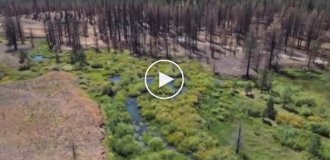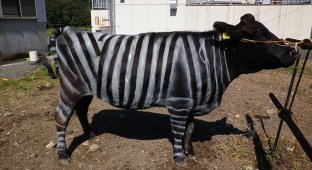White-winged diuca: the only bird that hatches eggs inside a glacier (6 photos)
This bird doesn't just live in the freezing cold, it builds nests and hatches eggs right inside the glacier! 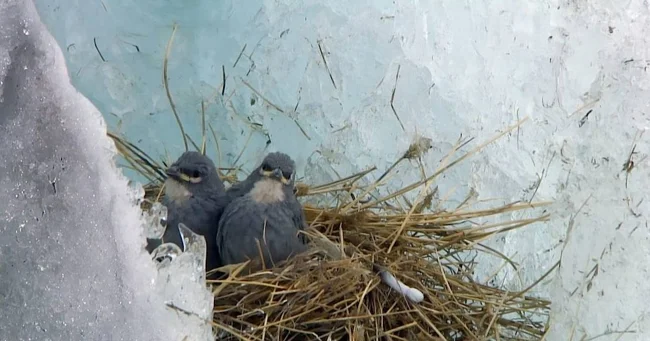
My home is my icy fortress!
The frostbitten bird lives in South America, in Bolivia and Peru. Where are the glaciers, you ask? At an altitude of 5000 m! The bird lives exclusively in high-mountain areas: from 4000 to 5800 m above sea level. True, to feed, you still have to leave your wonderful icy lands and fly to the open ground, somewhere in the grass and bushes. 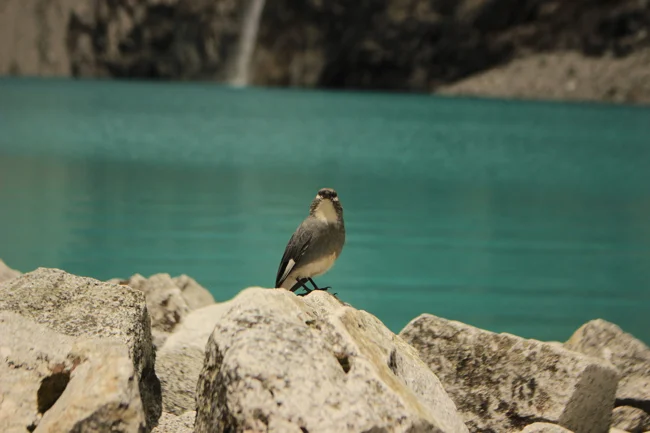
Wow, did you see?! Water! Liquid, not frozen!
The white-winged diuka, of course, did not just go there, but to escape predators. This bird is not very big - a typical representative of the passerine family. It is slightly smaller than a starling - 18.5 cm in length. Go find such a fool who would climb into the freezer specifically for such a trifle. 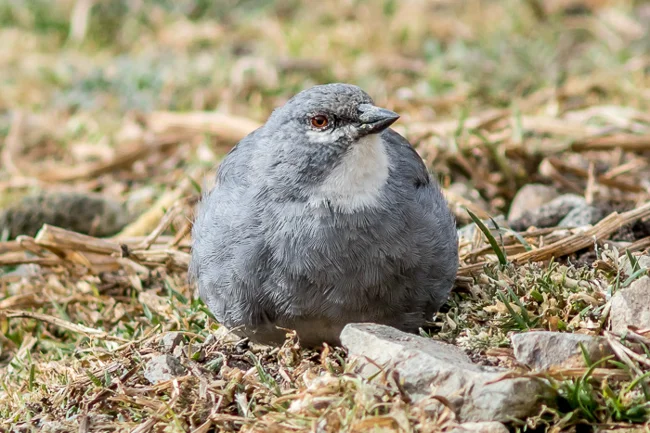
It was not for nothing that I said about the starling: from Latin Idiopsar literally translates as "special starling"! It is not a pity to lose such a loud name for such an unusual place of residence.
The birds also got confused with reproduction. Yes, there are no good places for raising offspring in the mountains. Yes, there are only snow caps around. But even a cold glacier can be turned into a cozy living space, if you know how! Firstly, the birds insulate their nesting place in every possible way: with grass, twigs, feathers, moss - they create a thick gasket between the clutch and the ice floes. Diuka try so hard that their nest is 3-4 times larger than the nests of similar-sized birds - it weighs about 200-250 grams! 
That little grey spot inside the nest is an adult bird.
Secondly, in high-altitude conditions, a glacier is the best place to build a nest! Judge for yourself: is there protection from predators? Yes. Does the ice wall protect the chicks from wind, rain, snow and other vagaries? Does it protect? Does it protect from ultraviolet radiation? Yes, it does. Moreover, the glacier retains heat, maintains a stable temperature, and creates a special microclimate. At an altitude of 5,000 meters, you won’t find such ideal conditions anywhere else! 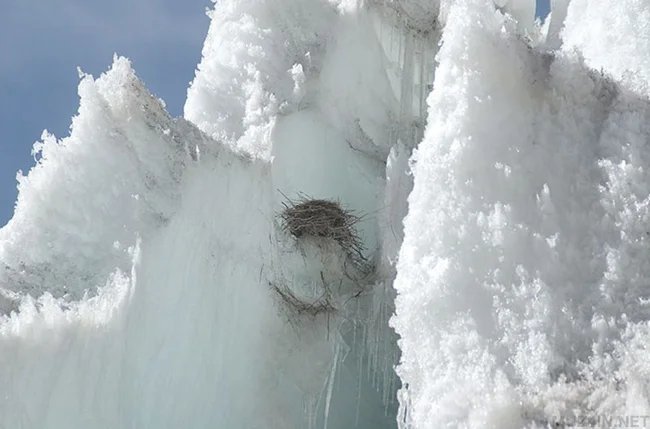
Imagine the face of a mountain climber when, after climbing a glacier for several hours, he suddenly sees this.
Thirdly, the diuk chooses a very specific breeding season. They nest in the middle of winter — from April to July. No, we haven’t mixed anything up: in the southern latitudes, the seasons are diametrically opposed to ours. When it’s spring and summer in the north, it’s autumn and winter in the south. And all because in spring and summer even at an altitude of 5000 meters the temperature in the mountains rises above zero. And that means that the apartment will melt along with the glaciers. 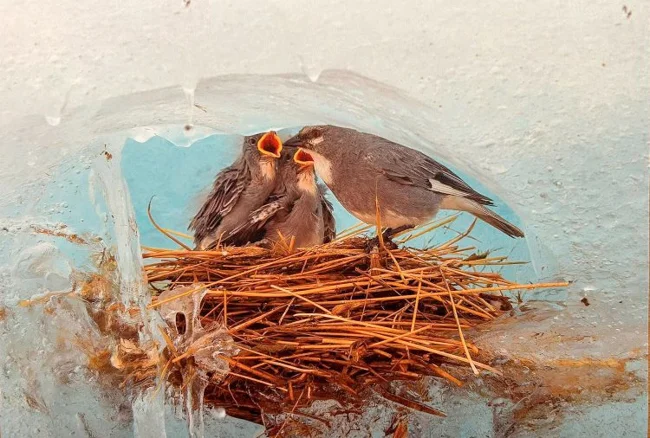
— Mom, why is our house melting?
Therefore, the sooner you can raise the children to fly, make them fledglings, the better. Fortunately, there are no more than two eggs in a clutch. For a small passerine bird this is very little, but you can’t raise more in highland conditions. You have to fly far for food!

